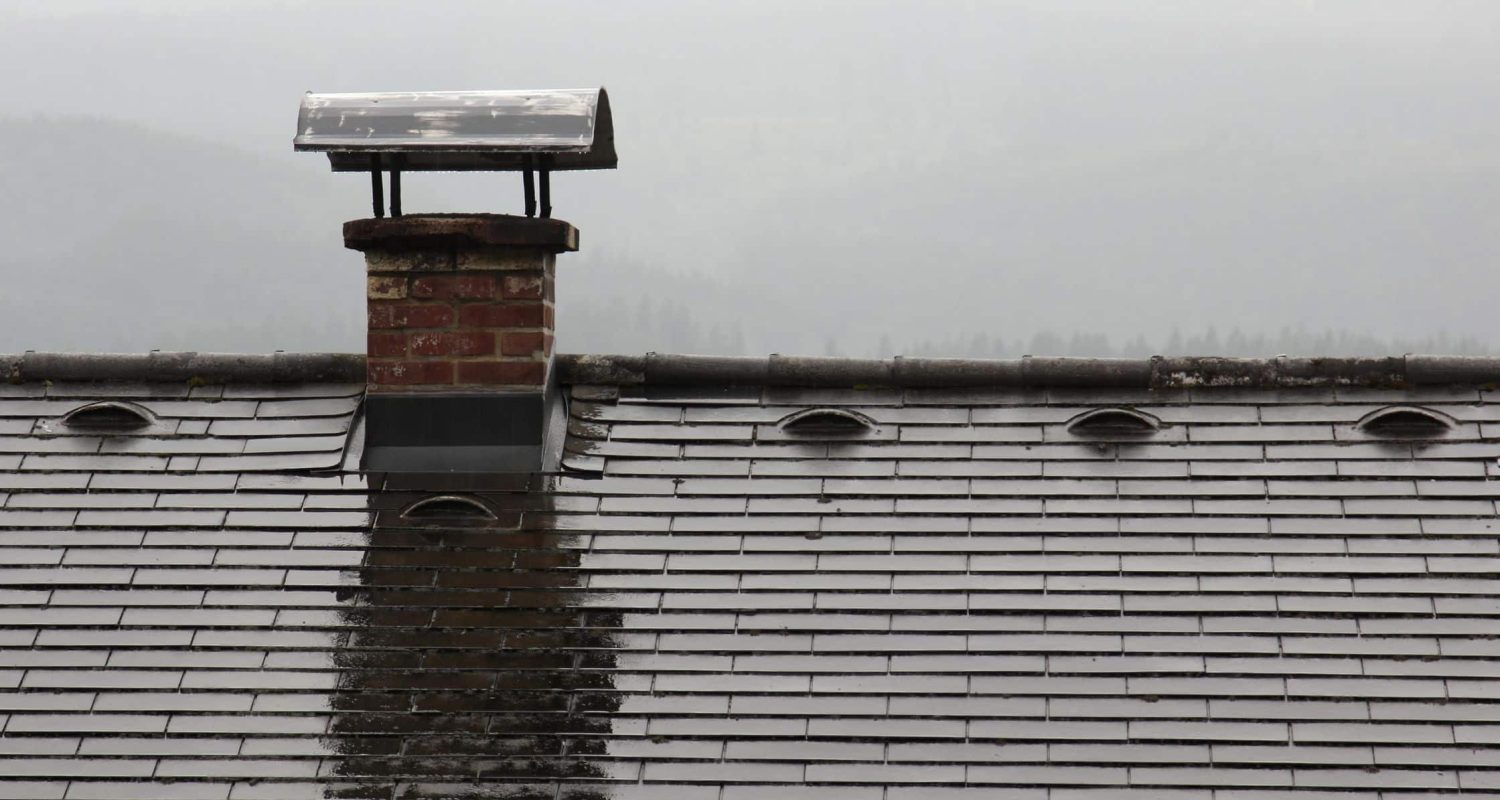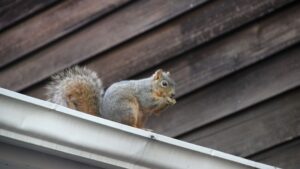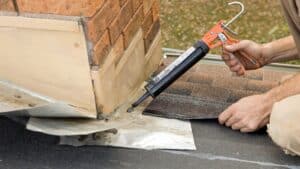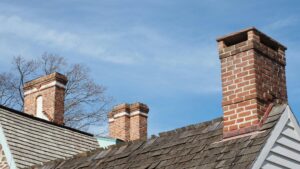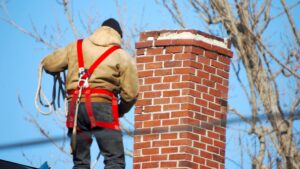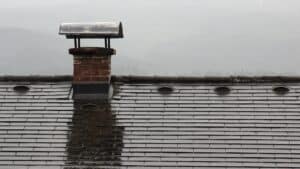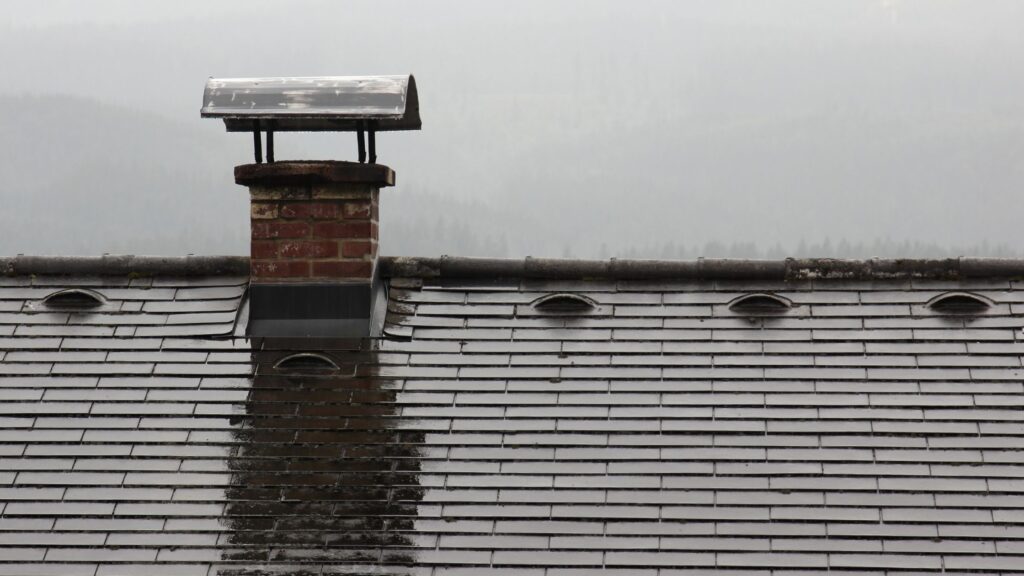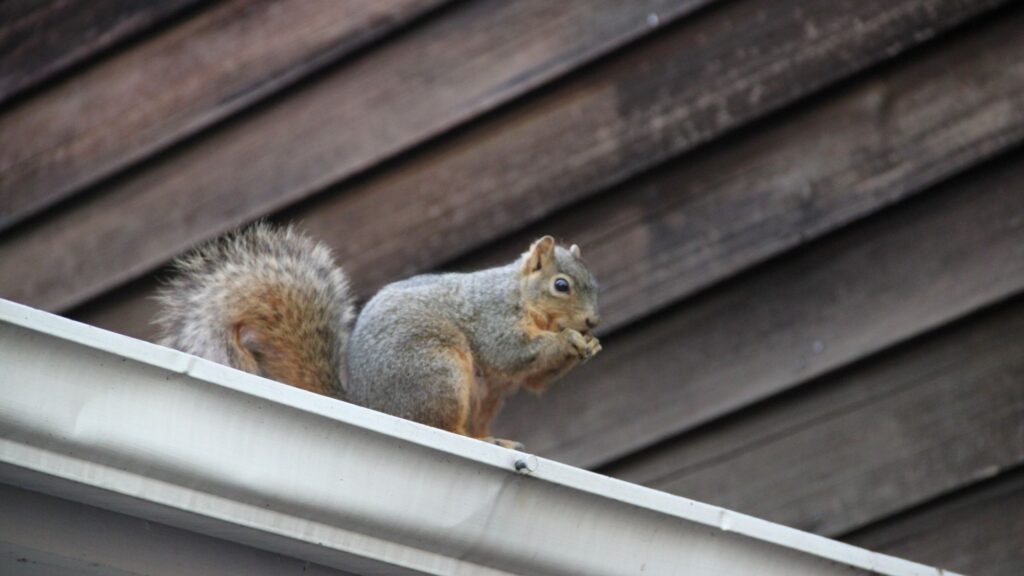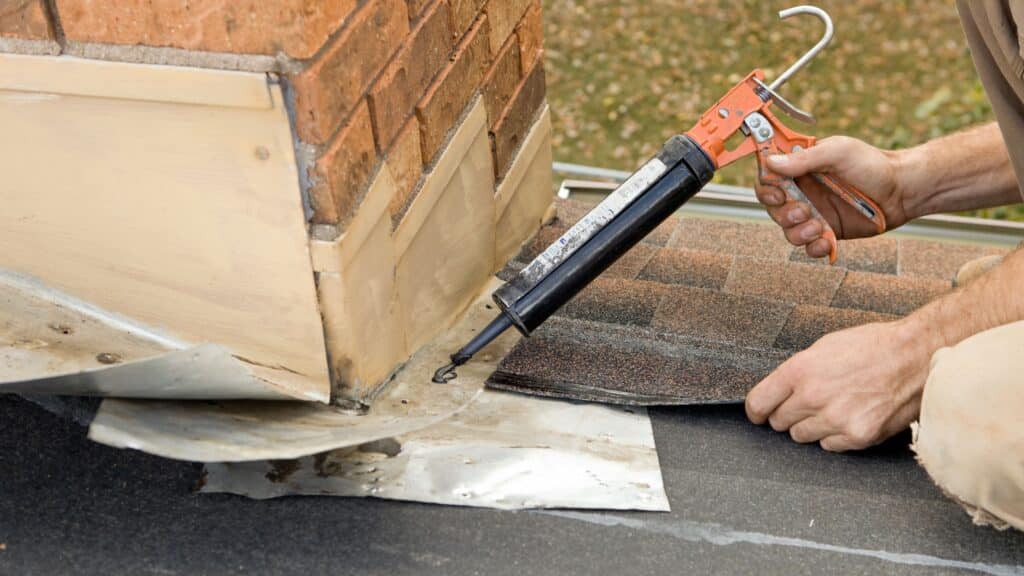If your chimney is showing signs of wear, crumbling mortar, cracking bricks, or water stains inside your home, you may be wondering what kind of maintenance it really needs: tuckpointing, waterproofing, or both?
In reality, these two services work best together, and understanding their differences and when to use them is key to preserving your chimney’s strength and keeping moisture out. In this article, we’ll explain the role of each, when to schedule them, and how True Ventilation helps Hudson Valley homeowners restore and protect their chimneys with expert masonry repair and sealing services.
What Is Tuckpointing and Why It’s Critical
Tuckpointing is the process of removing old, deteriorated mortar between bricks and replacing it with fresh, weather-resistant mortar. It’s not just cosmetic. It’s a structural repair that restores your chimney’s integrity.
Why Mortar Deteriorates:
- Freeze-thaw cycles cause mortar to crack and crumble
- Water seeps into joints, eroding them over time
- Poor or outdated materials lose strength with age
- Chimney movement or settling dislodges mortar
Risks of Ignoring Mortar Damage:
- Structural instability in the chimney
- Increased water infiltration
- Loose or falling bricks
- Internal moisture issues like mold and rust
Note: If the mortar is damaged, waterproofing alone won’t help. You must fix the joints first, or you’ll seal in a weak, leaky structure.
What Is Chimney Waterproofing and When Is It Needed
Once your chimney’s structure is sound, waterproofing becomes your best tool for long-term leak prevention. Chimney waterproofing involves applying a vapor-permeable sealant to the outside of the chimney. This protects the masonry from rain, snow, and humidity without trapping moisture inside.
Why Waterproofing Matters in the Hudson Valley:
- Spring and summer storms bring heavy rainfall
- Masonry absorbs water if not sealed properly
- Moisture accelerates mortar erosion and brick damage
- Waterproofing extends the life of bricks, crowns, and caps
Reminder: Waterproofing is a preventive measure, not a repair. If the mortar is already failing, waterproofing won’t stop the leaks. It just covers up the problem.
When You Need Tuckpointing Before Waterproofing
Tuckpointing is always the first step if your chimney has visible structural damage. Waterproofing comes after the structure has been repaired, locking in those repairs and preventing future water intrusion.
Signs You Need Tuckpointing Before Sealing:
- Gaps between bricks or visible crumbling mortar
- White powdery staining (efflorescence) from water seepage
- Loose or shifting bricks
- Pieces of mortar on the ground or roof
- Visible leaks or stains inside your home
Why Tuckpointing + Waterproofing Is the Best Long-Term Solution
| Service | What It Fixes | What It Prevents |
|---|---|---|
| Tuckpointing | Structural damage, mortar erosion | Further cracking, collapse, leaks |
| Waterproofing | Water absorption | Future moisture damage, mold, freeze-thaw issues |
Together, they:
- Extend your chimney’s usable life by decades
- Prevent costly rebuilds
- Stop active and future leaks
- Protect your home’s interior from moisture and mold
Tip: Think of tuckpointing as restoring the chimney’s foundation and waterproofing as putting a shield over it.
Trust True Ventilation for Chimney Masonry Repair & Waterproofing in the Hudson Valley
At True Ventilation, we specialize in tuckpointing and waterproofing for homeowners in Catskill, Hudson Valley, and surrounding areas. Whether your chimney needs structural repair, sealing, or both, we provide honest assessments and quality craftsmanship.
Our Services Include:
- Full chimney inspections
- Tuckpointing and mortar joint replacement
- Brick replacement and masonry restoration
- Chimney waterproofing with breathable sealants
- Flashing and crown repair to stop water at every level
📞 Call today to schedule your chimney inspection and repair!
🌐 Visit our website for more information or to book online.
Conclusion
If your chimney is showing signs of age, it’s important to know that tuckpointing and waterproofing aren’t either/or they’re often both needed to truly protect your home. Repair the mortar first, then seal it in with high-quality waterproofing to defend against future leaks and storm damage.
Let True Ventilation help you get ahead of chimney issues with expert masonry repair and waterproofing in Catskill and the Hudson Valley.
✅ Rebuild. Seal. Protect. Schedule your chimney service today!
People Also Ask
- What is the difference between tuckpointing and repointing?
Tuckpointing often includes adding a contrasting mortar color for aesthetic purposes, while repointing simply replaces old mortar with new to restore structural integrity. - How long does chimney waterproofing last?
Professional-grade chimney waterproofing products typically last 8–10 years, depending on weather exposure and material condition. - Can I waterproof my chimney myself?
DIY waterproofing is possible but often ineffective without addressing underlying damage. It’s best done by professionals after a chimney inspection. - How do I know if my chimney needs tuckpointing?
Look for cracks, crumbling mortar, or white staining. A chimney inspection can confirm whether tuckpointing is needed.



